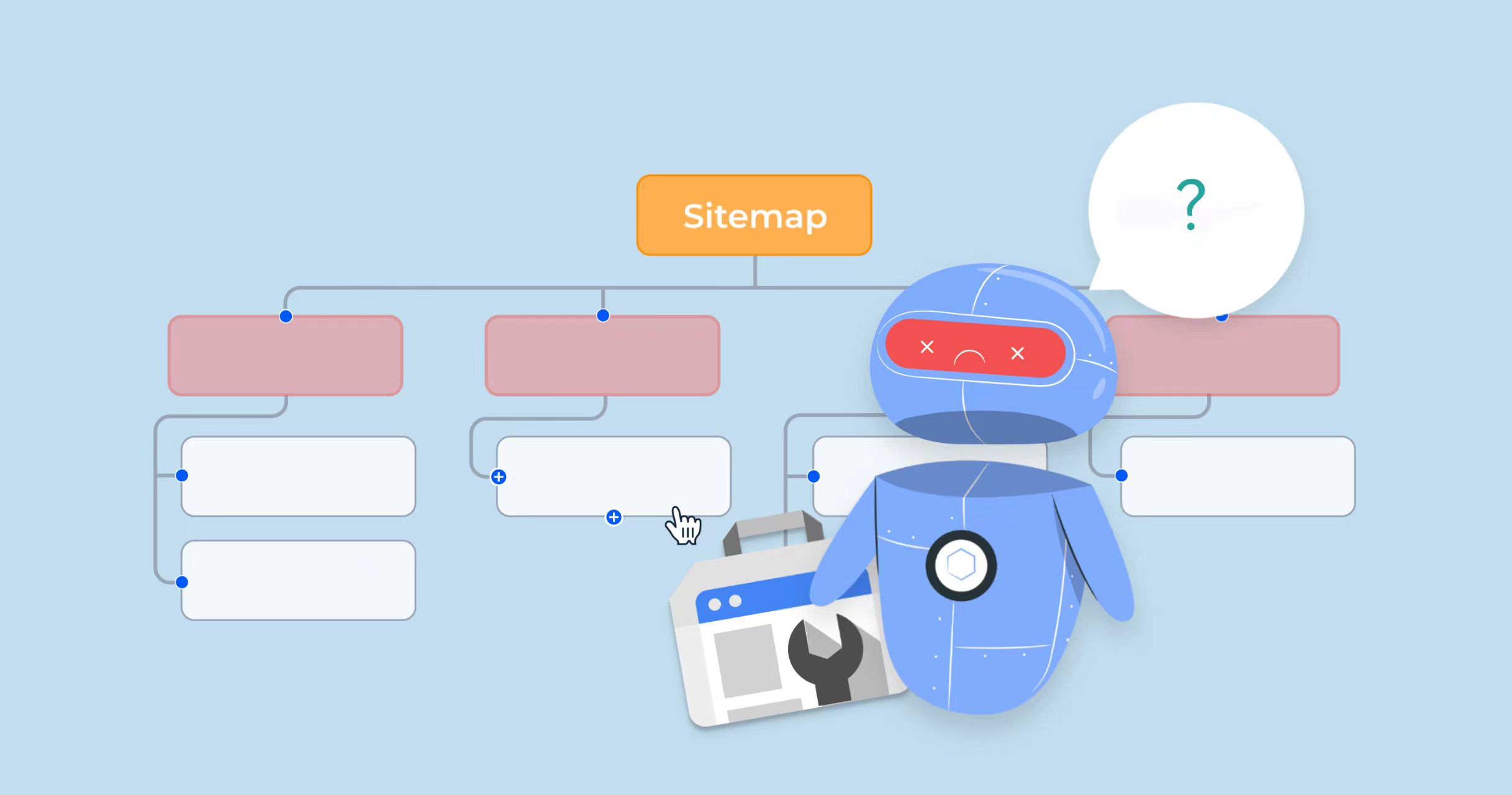What is PHP High Concurrency?
High concurrency issues are often encountered when developing and deploying applications, and when, as traffic becomes heavier, a variety of technicalconcernFor example, interface response timeout, elevated CPU load, frequent GC, deadlocks, large data storage, and so on. For example: Taobao's double 11, hundreds of thousands of requests per second spike system, the daily order system of millions of orders, the daily information flow system of hundreds of millions of daily activities, and so on.
![Image[1]-How to effectively manage PHP high concurrency: performance testing and optimization strategies - Photon Flux | Professional WordPress repair service, global reach, fast response](https://www.361sale.com/wp-content/uploads/2024/04/image-796.png)
Highly concurrent processing flow:
- performance testing
- Server Extension
- monitoring system
- Exception handling
I. Performance testing
Understanding the performance of test systems under high loads, thediscoveriesPotential bottlenecks and problems can be adoptedstress testrespond in singingperformance testingThe methodology. Below are some steps and tools to simulate a large number of concurrent user accesses for system performance evaluation:
1.Define test objectives and metrics
- Performance indicators: Determine the performance metrics you want to measure, such as response time, throughput (requests/second), number of concurrent users, resource utilization (CPU, memory, disk, network), etc.
- test scenario: Define specific user behaviors and interaction patterns to ensure that all key functions are covered.
2. Choosing the right stress testing tool
- JMeter: Apache JMeter can be used to test the performance of static and dynamic resources, web dynamic applications. It can be used to simulate heavy loads on servers, groups of servers, networks, or objects to test their strength or to analyze overall performance under different load types.
- Gatling: Gatling is another high-performance load testing tool that provides detailed reports and easy-to-write scripts.
- LoadRunner: LoadRunner is commercial software for more complex testing needs, providing extensive monitoring and analysis capabilities.
- Locust: Locust is a lightweight load testing tool written in Python that is easy to extend and customize.
![Image [2] - How to effectively manage PHP high concurrency: performance testing and optimization strategies - Photon Flux | Professional WordPress repair service, worldwide, rapid response](https://www.361sale.com/wp-content/uploads/2024/04/image-794.png)
3. Building test scripts and scenarios
- Write test scripts based on defined user behavior patterns. These scripts should simulate various actions of real users, such as logging in, browsing pages, submitting forms, etc.
- Configure the number of concurrent users and frequency of requests to simulate a highly concurrent environment.
in order toLocustAs an example:
from locust import HttpUser, between, taskclass WebsiteUser(HttpUser).wait_time = between(5, 15)def on_start(self).self.client.post("/login", {"username": "test_user", "password": "", "password": "test_user", {"password": ""})@taskdef index(self).self.client.get("/")self.client.get("/static/assets.js")@taskdef about(self).self.client.get("/about/")from locust import HttpUser, between, task class WebsiteUser(HttpUser). wait_time = between(5, 15) def on_start(self). self.client.post("/login", { "username": "test_user", "password": "", "password": "test_user", { "password": "" }) @task def index(self). self.client.get("/") self.client.get("/static/assets.js") @task def about(self). self.client.get("/about/")from locust import HttpUser, between, task class WebsiteUser(HttpUser). wait_time = between(5, 15) def on_start(self). self.client.post("/login", { "username": "test_user", "password": "", "password": "test_user", { "password": "" }) @task def index(self). self.client.get("/") self.client.get("/static/assets.js") @task def about(self). self.client.get("/about/")
4. Execute tests and monitor system performance
- Perform stress tests in a test environment. Ensure that the test environment is as similar as possible to the production environment to get accurate results.
- Real-time monitoring of application and server performance metrics, including CPU, memory, network IO, and more.
5. Analyzing test results
- Analyze data collected during testing in detail to identify performance bottlenecks or points of failure.
- Look at response times, error rates, and system resource usage to determine where the system is underperforming.
6. Optimization and adjustment
- Optimize applications and infrastructure based on test results. Possible optimizations include code optimization, database optimization, increasing server resources, etc.
- Repeat the test to verify the optimization and ensure that the changes made actually improve system performance.
7. Documentation and Continuous Testing
- Document test results and optimizations to establish performance benchmarks.
- Incorporate performance testing into your Continuous Integration/Continuous Deployment (CI/CD) process to ensure that your system continues to perform well over time and as functionality is added.
In this way, you can effectively simulate user access under highly concurrent conditions, testing and optimizing your system to ensure that it performs well in real-world operating environments.
![Image [3] - How to effectively manage PHP high concurrency: performance testing and optimization strategies - Photon Flux | Professional WordPress repair service, global reach, fast response](https://www.361sale.com/wp-content/uploads/2024/04/image-797.png)
II. Server expansion
If the performance test reveals that the server cannot handle highly concurrent requests, consider expanding the server. You can increase the hardware configuration of the server, such as adding resources like CPU and memory. Load balancing can also be done by adding more servers to improve performance.
III. Monitoring systems
After deploying an application, you need to set up a monitoring system to monitor the performance of the server in real time. The monitoring system can provide real-time data on server load, response time, error rate, and other metrics to help developers identify and resolve performance issues in a timely manner.
IV. Exception handling
In a highly concurrent environment, various exceptions may occur frequently. Developers need to write code to handle exceptions in a timely manner. For exceptions that cannot be resolved immediately, fault-tolerance mechanisms such as degradation processing and meltdown can be used to ensure system stability. The following are some of theHandling high concurrencyThe methodological references:
- Using Cache: Caching is one of the most important tools to improve performance. Different types of caches such as memory cache, database cache or distributed cache can be used to store commonly used data or pages. By reducing access to the database, the burden on the server can be greatly reduced and the response time can be improved.
- Application server and database extensions: An application's ability to handle high concurrency can be significantly improved by adding more servers and spreading out requests using load balancing (e.g., using HAProxy or AWS ELB). Optimize database queries, use more efficient indexes, or consider using a database architecture that is better suited to read-more-write-fewer operations, such as master-slave replication. In some cases, splitting libraries and tables can also be an effective strategy for improving database processing power.
- asynchronous processing: If the application has some time-consuming operations, consider using asynchronous processing to improve concurrency. Put the time-consuming operations into a message queue or background task for processing, and then return a fast response to the user.
![Image [4] - How to effectively manage PHP high concurrency: performance testing and optimization strategies - Photon Flux | Professional WordPress repair service, global reach, fast response](https://www.361sale.com/wp-content/uploads/2024/04/image-795.png)
There is also the use ofFile Exclusion LockWay:
- obstructionist modeIf a process acquires an exclusive lock on a file while another process is occupying the lock, the process hangs until the other process releases the lock and acquires the lock itself before proceeding further. Example.
set(array('reactor_num' => 2, //reactor thread num'worker_num' => 4 //worker process num));$http->on('request', function (swoole_http_request $request, swoole_http_response $response) {$uniqid = uniqid('uid-', TRUE);$redis = new Redis();$redis->connect('127.0.0.1', 6379);$fp = fopen("lock.txt", "w+");// Blocking (wait) mode, to get exclusive lock (written program)if (flock($fp,LOCK_EX)) { // Lock the current pointer.// Once the lock has been obtained, the order can be processed with confidence$rest_count = intval($redis->get("rest_count"));$value = "{$rest_count}-{$uniqid}";if ($rest_count > 0) {// do something ...$rand = rand(100, 1000000);$sum = 0; $sum = 0; $sum = 0; $sum = 0for ($i = 0; $i lPush('uniqids', $value);$redis->decr('rest_count');}// Release the lock after the order has been processedflock($fp, LOCK_UN);}fclose($fp); }}).$http->start();set(array( 'reactor_num' => 2, //reactor thread num 'worker_num' => 4 //worker process num )); $http->on('request', function (swoole_http_request $request, swoole_http_response $response) { $uniqid = uniqid('uid-', TRUE); $redis = new Redis(); $redis->connect('127.0.0.1', 6379); $fp = fopen("lock.txt", "w+"); // Blocking (wait) mode, to get exclusive lock (written program) if (flock($fp,LOCK_EX)) { // Lock the current pointer. // Once the lock has been obtained, the order can be processed with confidence $rest_count = intval($redis->get("rest_count")); $value = "{$rest_count}-{$uniqid}"; if ($rest_count > 0) { // do something ... $rand = rand(100, 1000000); $sum = 0; $sum = 0; $sum = 0; $sum = 0 for ($i = 0; $i lPush('uniqids', $value); $redis->decr('rest_count'); } // Release the lock after the order has been processed flock($fp, LOCK_UN); } fclose($fp); } }). $http->start();set(array( 'reactor_num' => 2, //reactor thread num 'worker_num' => 4 //worker process num )); $http->on('request', function (swoole_http_request $request, swoole_http_response $response) { $uniqid = uniqid('uid-', TRUE); $redis = new Redis(); $redis->connect('127.0.0.1', 6379); $fp = fopen("lock.txt", "w+"); // Blocking (wait) mode, to get exclusive lock (written program) if (flock($fp,LOCK_EX)) { // Lock the current pointer. // Once the lock has been obtained, the order can be processed with confidence $rest_count = intval($redis->get("rest_count")); $value = "{$rest_count}-{$uniqid}"; if ($rest_count > 0) { // do something ... $rand = rand(100, 1000000); $sum = 0; $sum = 0; $sum = 0; $sum = 0 for ($i = 0; $i lPush('uniqids', $value); $redis->decr('rest_count'); } // Release the lock after the order has been processed flock($fp, LOCK_UN); } fclose($fp); } }). $http->start();
Use the ab test:
$ ab -t 20 -c 10 http://192.168.1.104:9510/$ ab -t 20 -c 10 http://192.168.1.104:9510/$ ab -t 20 -c 10 http://192.168.1.104:9510/
- non-blocking modeIf a process acquires an exclusive lock on a file while another process is occupying the lock, the process will immediately determine that it has failed to acquire the lock and will continue to execute. Example code:
set(array('reactor_num' => 2, //reactor thread num'worker_num' => 4 //worker process num));$http->on('request', function (swoole_http_request $request, swoole_http_response $response) {$uniqid = uniqid('uid-', TRUE);$redis = new Redis();$redis->connect('127.0.0.1', 6379);$fp = fopen("lock.txt", "w+");// Non-blocking mode, if you don't want flock() to block on lock, add LOCK_NB to lockif(flock($fp,LOCK_EX | LOCK_NB)) // lock the current pointer.{// After successfully acquiring the lock, process the order with confidence$rest_count = intval($redis->get("rest_count"));$value = "{$rest_count}-{$uniqid}";if($rest_count > 0){// do something ...$rand = rand(100, 1000000);$sum=0.for ($i=0;$ilPush('uniqids', $value);$redis->decr('rest_count');}// Release the lock after the order has been processedflock($fp,LOCK_UN); } else { $redis->decr('rest_count')} else {// If it fails to acquire the lock, go here right away.echo "{$uniqid} - system busy, please try again later".PHP_EOL; } else { // If the lock acquisition fails, go here immediately.}fclose($fp).});$http->start();set(array( 'reactor_num' => 2, //reactor thread num 'worker_num' => 4 //worker process num )); $http->on('request', function (swoole_http_request $request, swoole_http_response $response) { $uniqid = uniqid('uid-', TRUE); $redis = new Redis(); $redis->connect('127.0.0.1', 6379); $fp = fopen("lock.txt", "w+"); // Non-blocking mode, if you don't want flock() to block on lock, add LOCK_NB to lock if(flock($fp,LOCK_EX | LOCK_NB)) // lock the current pointer. { // After successfully acquiring the lock, process the order with confidence $rest_count = intval($redis->get("rest_count")); $value = "{$rest_count}-{$uniqid}"; if($rest_count > 0){ // do something ... $rand = rand(100, 1000000); $sum=0. for ($i=0;$ilPush('uniqids', $value); $redis->decr('rest_count'); } // Release the lock after the order has been processed flock($fp,LOCK_UN); } else { $redis->decr('rest_count') } else { // If it fails to acquire the lock, go here right away. echo "{$uniqid} - system busy, please try again later".PHP_EOL; } else { // If the lock acquisition fails, go here immediately. } fclose($fp). }); $http->start();set(array( 'reactor_num' => 2, //reactor thread num 'worker_num' => 4 //worker process num )); $http->on('request', function (swoole_http_request $request, swoole_http_response $response) { $uniqid = uniqid('uid-', TRUE); $redis = new Redis(); $redis->connect('127.0.0.1', 6379); $fp = fopen("lock.txt", "w+"); // Non-blocking mode, if you don't want flock() to block on lock, add LOCK_NB to lock if(flock($fp,LOCK_EX | LOCK_NB)) // lock the current pointer. { // After successfully acquiring the lock, process the order with confidence $rest_count = intval($redis->get("rest_count")); $value = "{$rest_count}-{$uniqid}"; if($rest_count > 0){ // do something ... $rand = rand(100, 1000000); $sum=0. for ($i=0;$ilPush('uniqids', $value); $redis->decr('rest_count'); } // Release the lock after the order has been processed flock($fp,LOCK_UN); } else { $redis->decr('rest_count') } else { // If it fails to acquire the lock, go here right away. echo "{$uniqid} - system busy, please try again later".PHP_EOL; } else { // If the lock acquisition fails, go here immediately. } fclose($fp). }); $http->start();
summarize
When dealing with high concurrency problems, developers need to consider multiple factors. Through the reasonable use of caching, load balancing, asynchronous processing and database optimization, the system's concurrency and performance can be improved; through performance testing, server expansion, monitoring systems and exception handling and other operational procedures, it can be ensured that the system can be operated stably in high concurrency situations.
Link to this article:https://www.361sale.com/en/8415
The article is copyrighted and must be reproduced with attribution.

































No comments